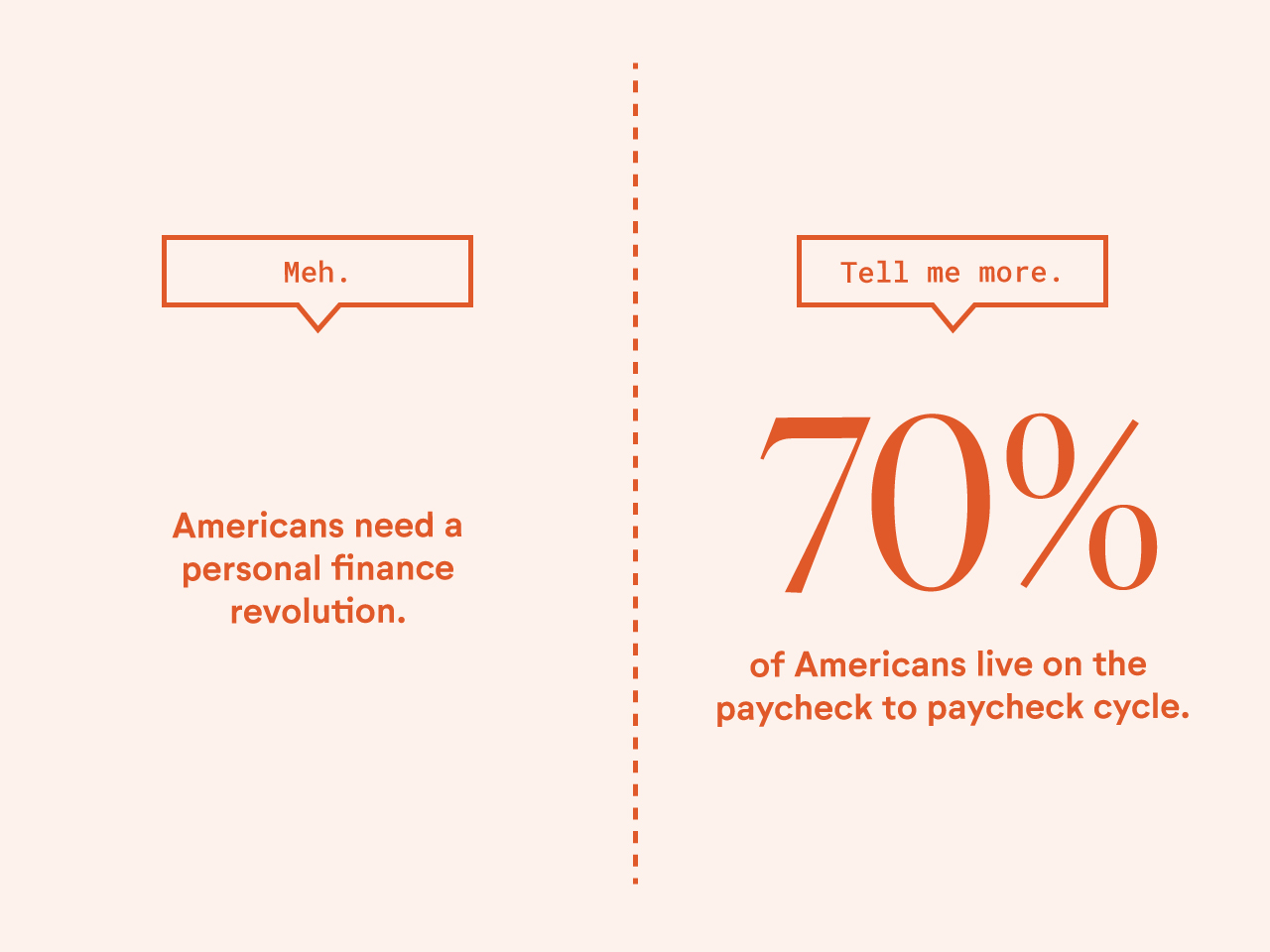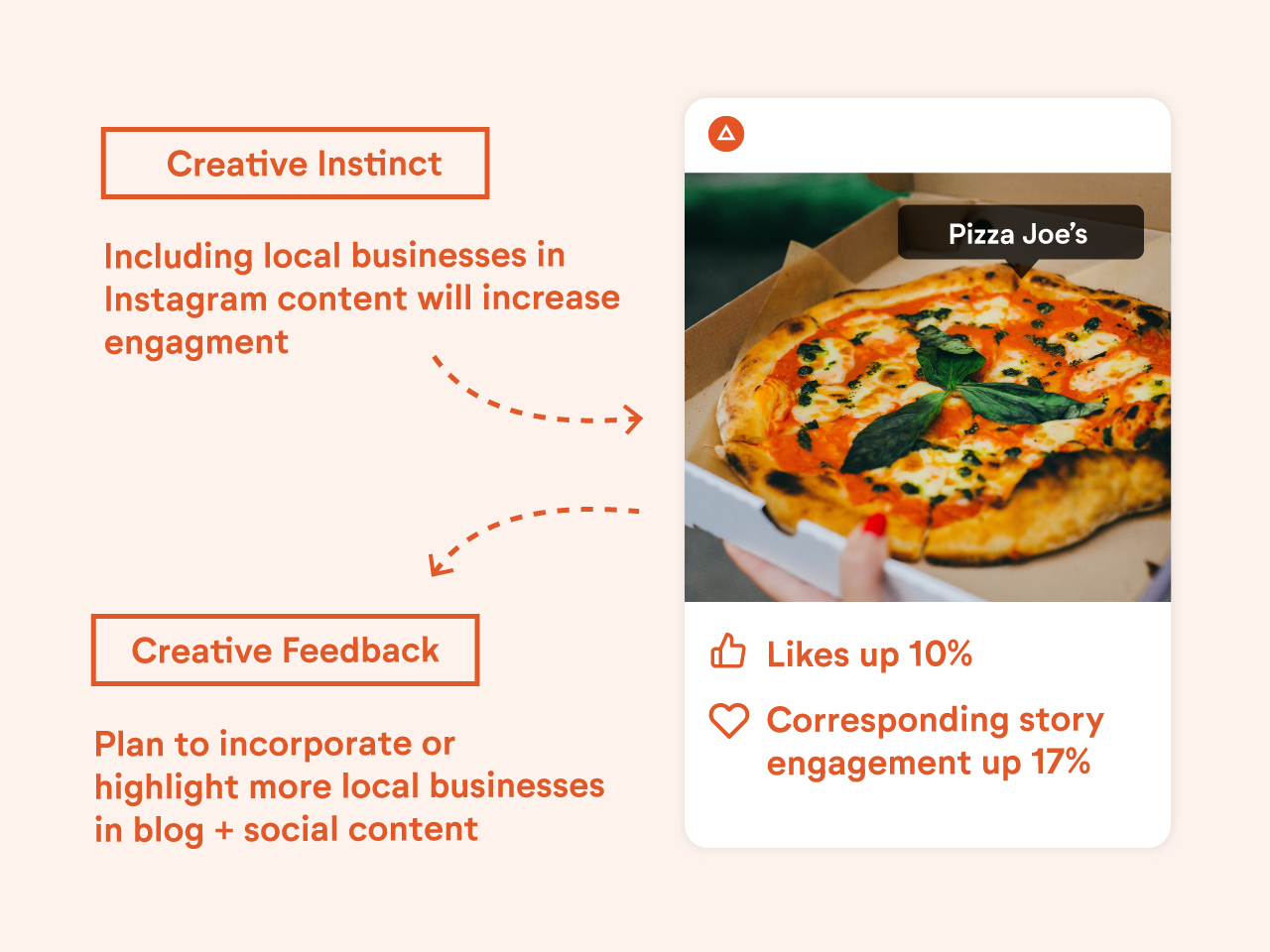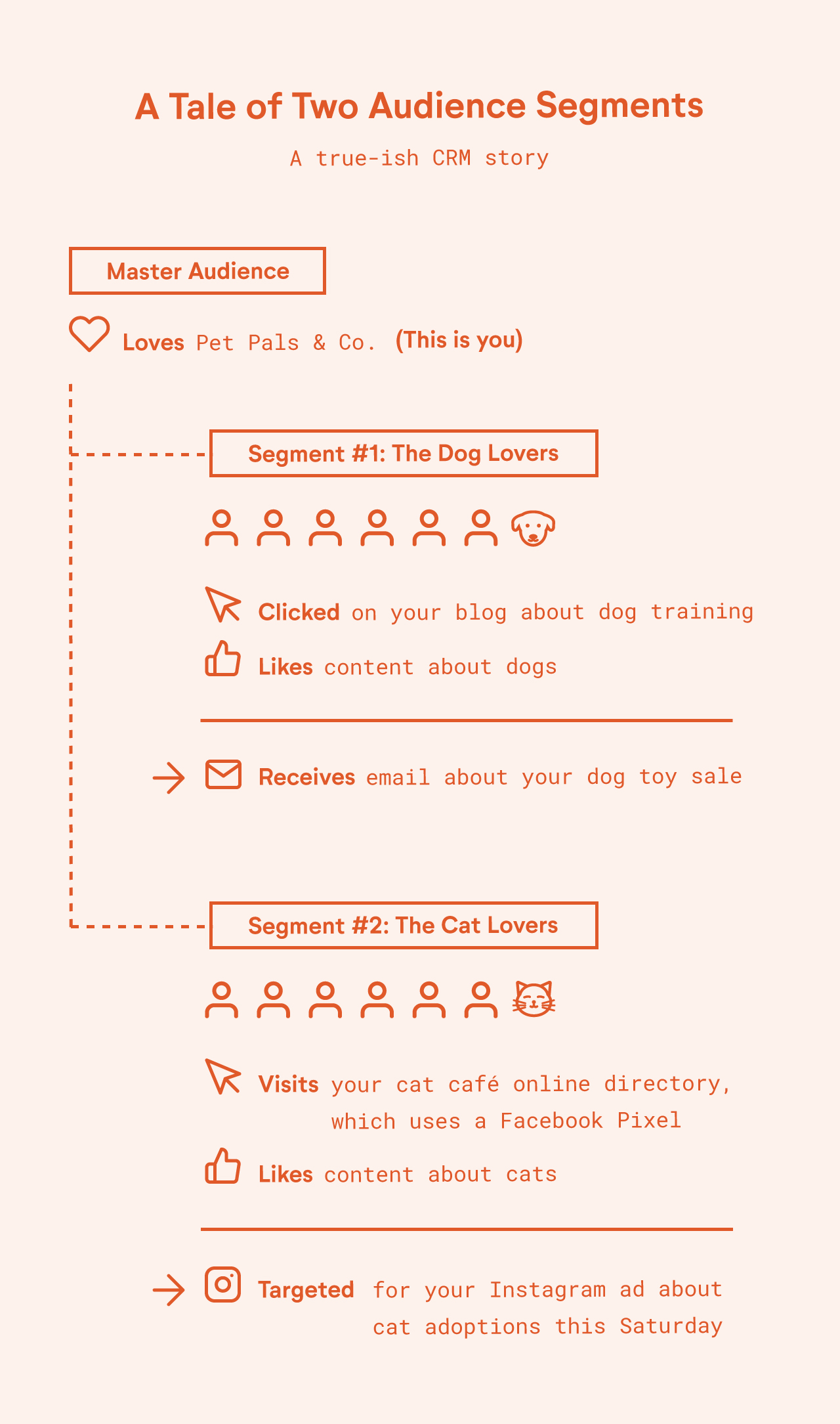A recent McKinsey survey suggests companies that fully integrate creativity and data enjoy growth rates twice as high as companies that don’t. Why is this?
One possible answer is the constraints/creativity paradox. Contrary to popular belief, innovation and creativity thrive on constraints according to a Harvard Business research study released last year. When it comes to brand marketing, data grounds the creative process in the real world, supplying the necessary constraints to draw out our best work.
This is what Step 4 in The Truss Method is all about—using the available data to inform creative decision-making so the stories we tell are authentic and effective.
How data elevates brand storytelling:
Data helps identify what customers want and need
Data and insights from market research and, increasingly, CRM tools are critical in helping us identify individual customer groups and respond to their needs. This is especially important in the initial stages of creative strategy development. Chances are, your audience is made up of many niche groups, with diverse preferences, needs, and drives. Using audience segmentation, market and CRM data allows you to develop the nuanced messages, compelling content, and optimal context for reaching each group. Instead of relating to them as one monolithic block, you can speak to them in increasingly personalized ways, building trust and deeper connections along the way.

Data lends credibility to content
Data and stories have long been pitted against each other. As if they are mutually exclusive ways of appealing to an audience. But the truth is stats and stories are better together. One makes an emotional connection, and the other earns trust. One paints a picture, the other grounds that picture in reality. It’s one thing to say, “Americans need a personal finance revolution.” It’s another thing to say “70% of Americans live on the paycheck to paycheck cycle.” In this case, the data helps tell a more credible and compelling story.
When comparing text-only posts to those that contain charts or infographics, infogram found that stories with data visuals received 34% more social engagement, with 20% more readers scrolling all the way down the page on those stories. It’s clear, combining data and stories is a winning formula for elevated brand storytelling.

Data boosts creative originality
Creative inspiration is often hidden in plain sight right on our analytics dashboards. Purchase decisions, top-performing keywords, converting calls to action, and most-liked posts are rife with creative feedback if we’re paying attention and know which questions to ask of the data. It takes time and effort to synthesize (a brilliant data analyst doesn’t hurt either), but it’s worth it for the original ideas that are on the other side of the process. Creative strategies that the competition can’t easily copy.
Data also helps us trust our creative instincts. Oftentimes we have a sixth sense about a winning strategy based on anecdotal or observational data, but we’re hesitant to take a big risk on an untested idea. This is where data can be used to refine and perfect raw creativity. Data can bring reason and rigor to our creative process, allowing us to test unconventional ideas, improve their chances of success, and accurately measure their results.





